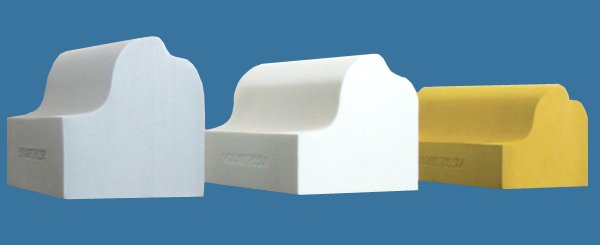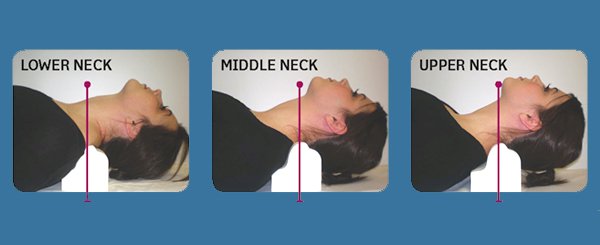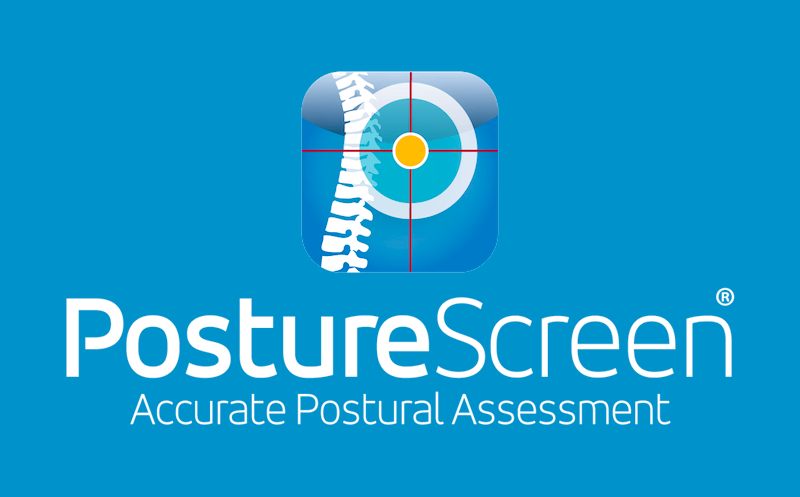Denneroll
Cervical Denneroll
Get Your Patients on a Denneroll and Put Your Practice on a Roll!
Whether it’s caused by a car accident, a fall, or simply poor posture, abnormal cervical lordosis can adversely affect nerve, ligament, and muscle function. As shown in numerous research studies, those adverse effects can be reversed by correcting cervical lordosis, relieving pain and improving overall health.
In numerous clinical cases and a randomized clinical trial, Denneroll has been shown to correct abnormal lordosis of the cervical spine. More than 2,500 chiropractors on five continents use Denneroll to treat cervical spine conditions.
A deceptively simple, pillow-like device, the Cervical Denneroll orthotic device is engineered with curves, angles and ridges extrapolated from Chiropractic BioPhysics’® evidence-based cervical spine model. After receiving simple training and education, your patients will be able to properly position the Cervical Denneroll device for low-stress, comfortable treatment at home.
The Cervical Denneroll orthotic device is available in three sizes, coded by color:
- Gray: For tall or flexible adults;
- White: For average-sized adults and those with less flexibility;
- Gold: For small or pediatric patients.

Three Sizes for Unmatched Versatility
Currently, the Denneroll is available in three sizes—for tall or flexible adults (gray Denneroll), average or stiffer adults (white Denneroll), and small adults or pediatric patients (gold Denneroll)—the Denneroll Cervical Orthotic Device is an important addition to your patient-care inventory. Its suggested retail price is affordable for patients too. Note: The blue device depicted in some of the photos below was a sample production used for the purposes of demonstration of setups only!

Three General Regions of Denneroll Placement
There are three areas of the neck appropriate for DENNEROLL application. Your Health Care Provider will determine which is right for you. You must follow their determination exactly for best results and to ensure safe use. The DENNEROLL device should only be used on a firm surface such as the floor, or a bench.
Lower Neck / Upper Thoracic (C7-T2)
The apex of the Denneroll orthotic is placed in the upper thoracic or lower-cervical region (C7-T2) region. This position allows extension bending of the majority of cervical segments while creating a significant posterior head translation. It will increase the upper thoracic curve, and increase the overall cervical lordosis. Specifically, this placement should be used for straightened or kyphotic lower cervical segments with loss of upper thoracic kyphosis and anterior head translation of ≤ 40mm. See below.
Figure Lower Neck Denneroll.
Abnormal cervical curvatures that fit the inclusion criteria for the application of the Denneroll corrective orthotic in the lower cervical region. These spines must have:
- Normal or a mild loss of the upper thoracic kyphosis;
- Loss of the lower cervical curve (with or without kyphosis);
- Anterior head translation of approximately ≤ 40mm.
Mid Neck (C4-C6)
The apex of the Denneroll orthotic is placed in the mid-cervical region (C4-C6) region. This position allows extension bending of the mid-upper cervical segments while causing slight posterior head translation; however if the larger Denneroll device is used on a small statured individual then it will create some anterior head translation. The cervical spine should have straightened or kyphotic mid cervical regions (apex of the curve). See Figure below. In cases with significant posterior head translation, as in Figure below, the large Denneroll orthotic should be used and a towel can be placed under the Denneroll to increase the height if needed.
Figure Mid Cervical Placement
Abnormal cervical curvatures that fit the inclusion criteria for the application of the Denneroll corrective orthotic in the middle cervical region. These spines must have:
- Normal or a loss of the upper thoracic kyphosis;
- Straightening or apex at the mid-cervical curve;
- Slight anterior head translation of approximately ≤ 15mm;
- In B with Posterior head translation the LARGE Denneroll should be used with a small towel under it to increase height.
Upper Neck Region (C2-C4)
The apex of the Denneroll orthotic is placed in the upper cervical region (C2-C4) region. This placement of the Denneroll is used for posterior head translation with straightened or kyphotic mid-upper cervical curves. This position allows extension bending of the upper cervical segments while causing slight anterior head translation. See Figure below. In cases like Figure below with significant posterior head translation, where the posterior vertebral bodies are behind the ideal red curved line,7 the large Denneroll orthotic should be used. While in Figure below, the small Denneroll should be used.
Figure Upper Neck Denneroll Placement
Cervical curvatures that fit the inclusion criteria for the application of the Denneroll corrective orthotic in the upper cervical region. These spines must have:
- Close to normal lower cervical curvature;
- Straightening or apex at the C2-C4-cervical segments;
- In B, normal head translation of approximately ≤ 15mm. Here the SMALL Denneroll is used to not create anterior head posture;
- In A with Posterior head translation the LARGE Denneroll should be used to create anterior head translation.
Denneroll Stress X-Rays
Oftentimes, it is helpful to the clinician to have the patient lie on the denneroll while obtaining an x-ray of the patient’s cervical spine. This is termed the ‘denneroll stress x-ray’. The spine segments (3 vertebra usually) immediately above the denneroll peak will show localized end range of extension motion. The stress x-rays help in determining if the denneroll has been placed in the proper location of the cervical spine. Also the stress x-ray helps to understand if the dennerol will be an effective tool at improving the cervical lordosis by itself or if more advanced types of extension traction are needed in conjunction with the Denneroll.
When lying on the Denneroll, it is best to keep your legs flat for the most effect on the cervical spine. The exact protocol based on Denneroll application for posture is detailed below under section below.
CONTACT CBP
CBP Seminars, Inc.
21863 Thorsten Avenue Suite 18
Caldwell, ID 83605
Phone: 208-939-0301
Fax: 208-209-6009
Email: [email protected]
Web: idealspine.com
LATEST ARTICLES
CONTACT CBP
CBP Seminars, Inc.
1160 Taylor Street Suite 100
Meridian, ID 83642
Phone: 208-939-0301
Fax: 208-209-6009
Email: [email protected]
Web: idealspine.com






